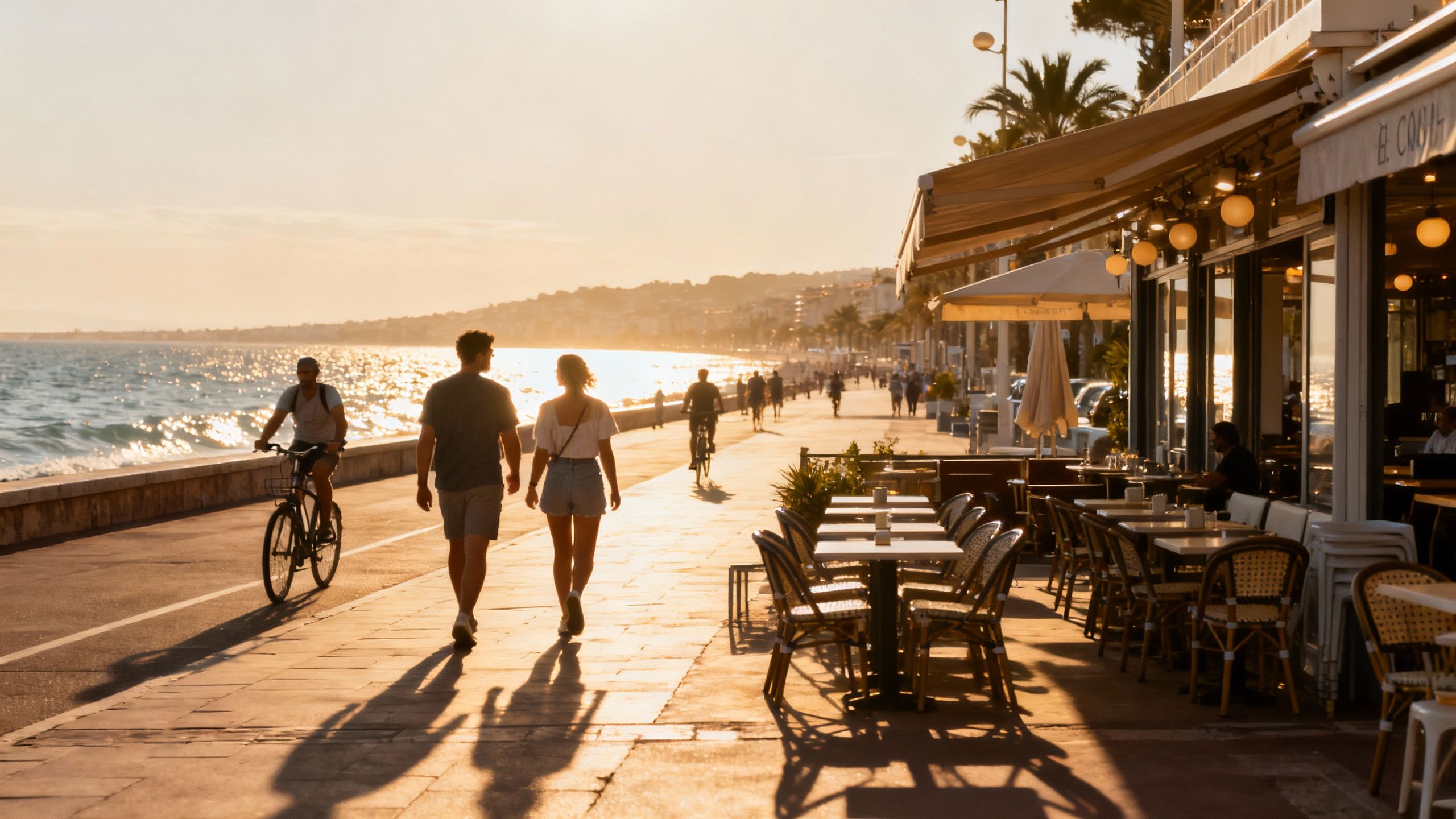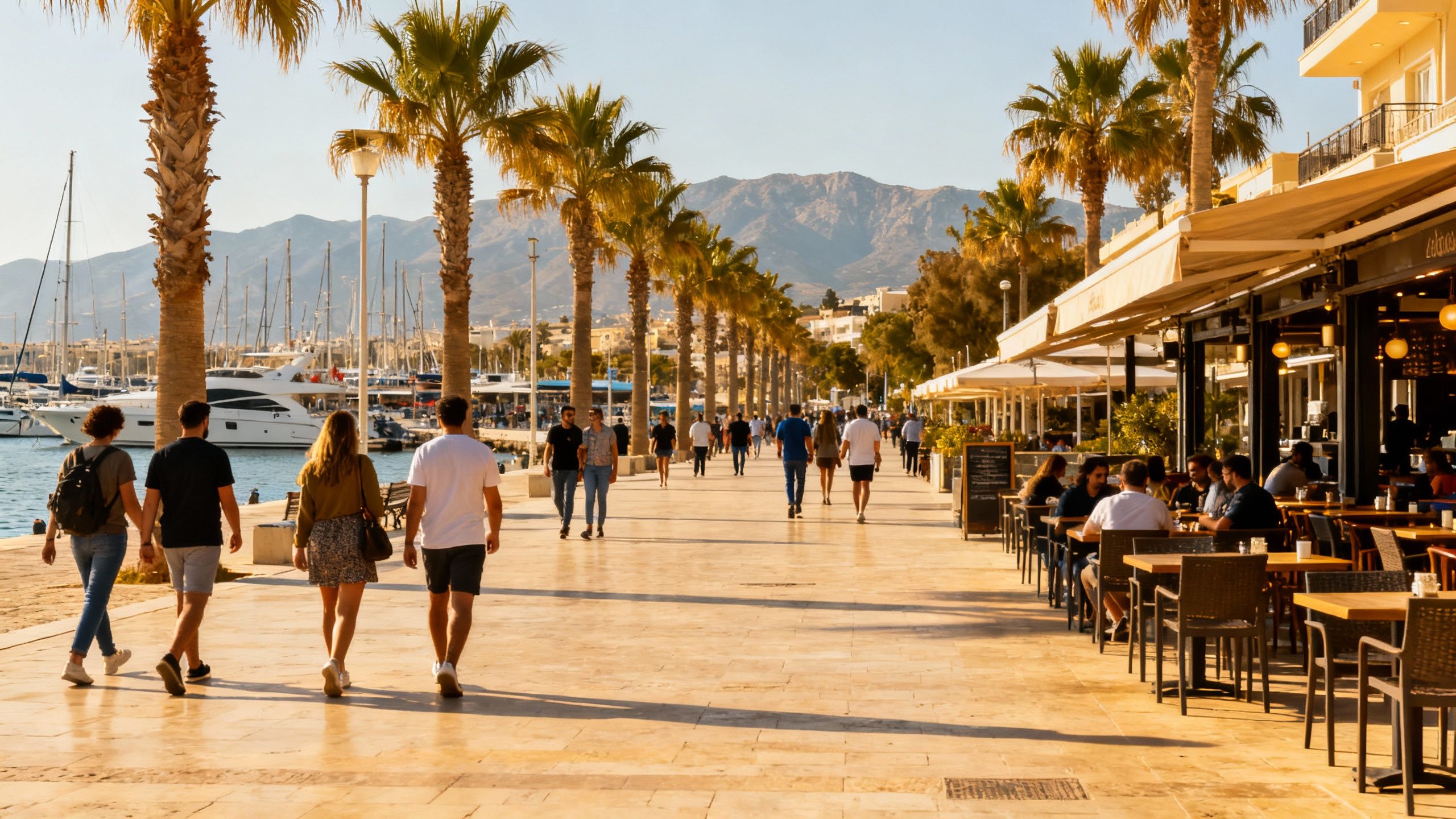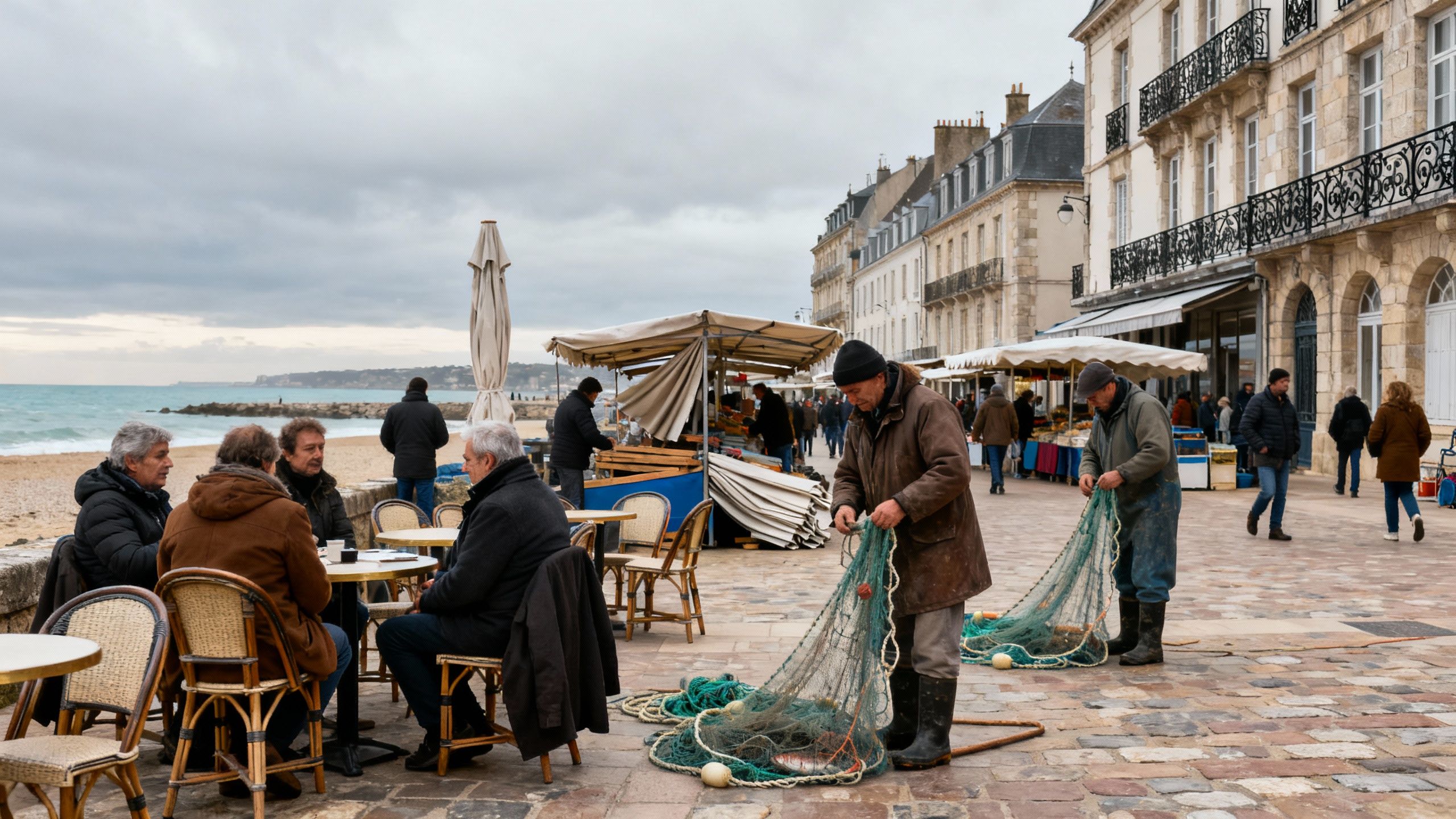Why house‑hunting in Croatia’s high season backfires
Why house‑hunting in Croatia’s high season can mislead buyers — use shoulder‑month visits and 12‑month operating data to choose lifestyle and value.
Imagine landing in Split in late July: the promenade hums, terraces are full, and you can smell grilled fish and coffee on the Riva. That hot, packed summer is the image most buyers carry to Croatia — and it’s why many start house‑hunting then. But the market you see in the height of season is a distorted sample: short‑term rental demand, seasonal pricing pressure and off‑market deals concentrated in summer can mislead buyers about long‑term value. Recent tourism data show Croatia is growing beyond a summer-only economy, which changes both timing and strategy for buyers. citeturn0news12
Living the Croatian life — the real rhythm
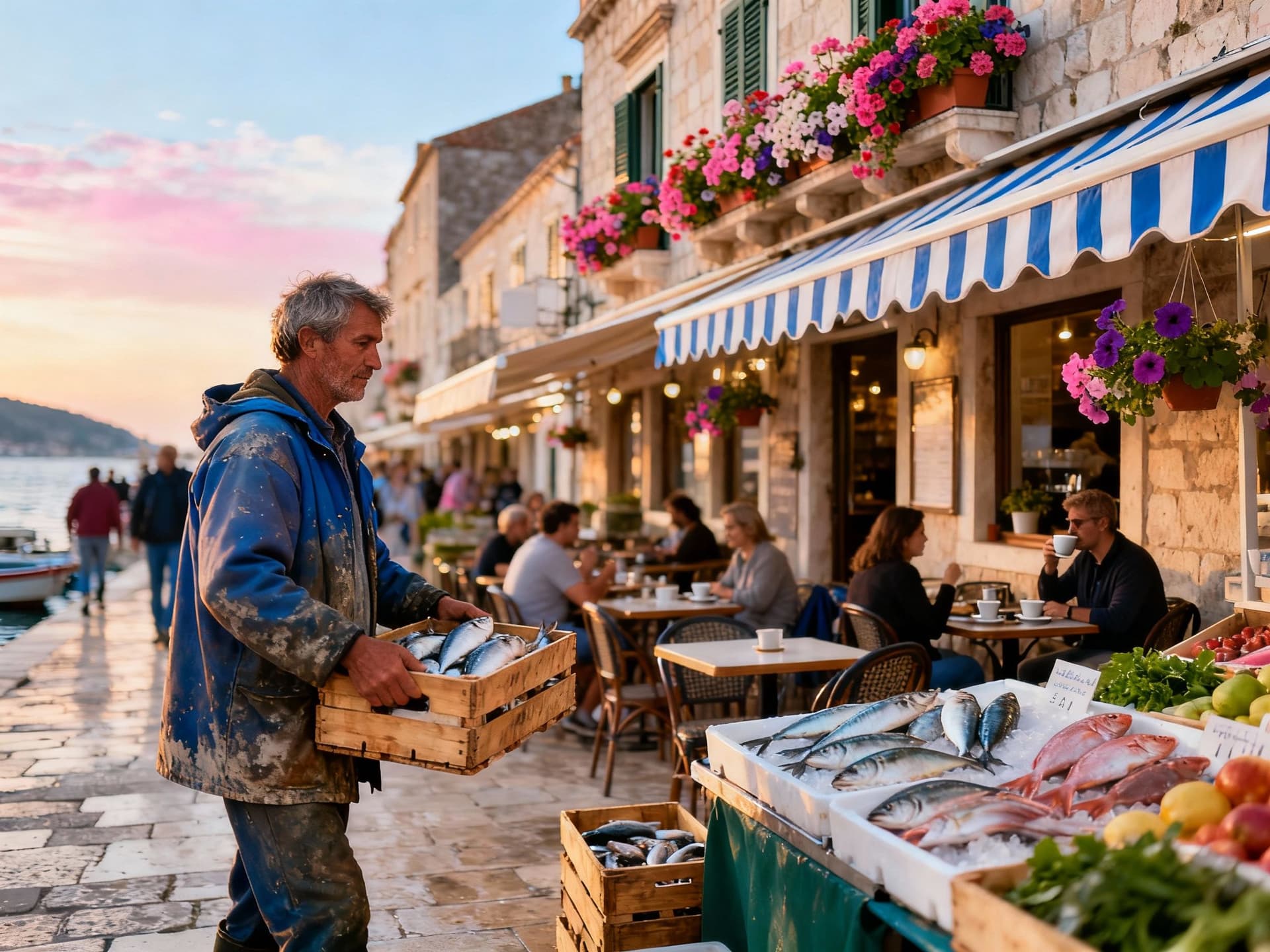
Croatia is not a single mood; it’s a handful of daily rhythms layered onto dramatic coastline and quiet inland valleys. Mornings in coastal towns begin with espresso and fishermen’s boats returning to harbour; afternoons bend toward beaches, markets and siestas; evenings are for long meals and late walks through stone streets. Outside summer you find calmer marinas, lively local markets and communities reasserting year‑round routines — the very signals that point to sustainable neighbourhoods rather than tourist bubbles. For buyers that balance lifestyle with long‑term returns, noticing the off‑season life is essential: it reveals what a place will feel like for nine months of the year, not just one.
Split: day cafés, night cultura and accessible islands
Walkable Split — from Diocletian’s Palace to Bačvice beach — mixes neighbourhoods where families live year‑round and streets where apartments flip to tourists. Look for streets like Vukovarska and Firule for quieter local life; if you choose Poljud or Spinut you get parks and schools within a 10–20 minute walk. These micro‑choices determine whether your home is a lived experience or a rental asset in high season.
Istria & Rovinj: village markets, truffle weekends and slow seasons
Istria’s hill towns — Motovun, Grožnjan and Rovinj — are anchored by year‑round gastronomic life: truffle festivals, olive harvests and lively weekend markets. Properties here are often historic stone houses with thick walls that stay cool in summer and retain heat in winter — a feature many buyers appreciate once the crowds fade. If you crave a farm‑to‑table rhythm and community rituals, Istria shows how seasonal events extend value beyond July and August.
Lifestyle highlights off the beaten track
- Early‑morning fish market in Split’s Žrnovnica; sip espresso at Caffe Bar Bajamonti in Rijeka
- Truffle weekends in Motovun and Livade (October–November)
- Off‑season sail to quieter islands like Lastovo or Vis for authentic island life
Making the move: timing, property types and reality checks
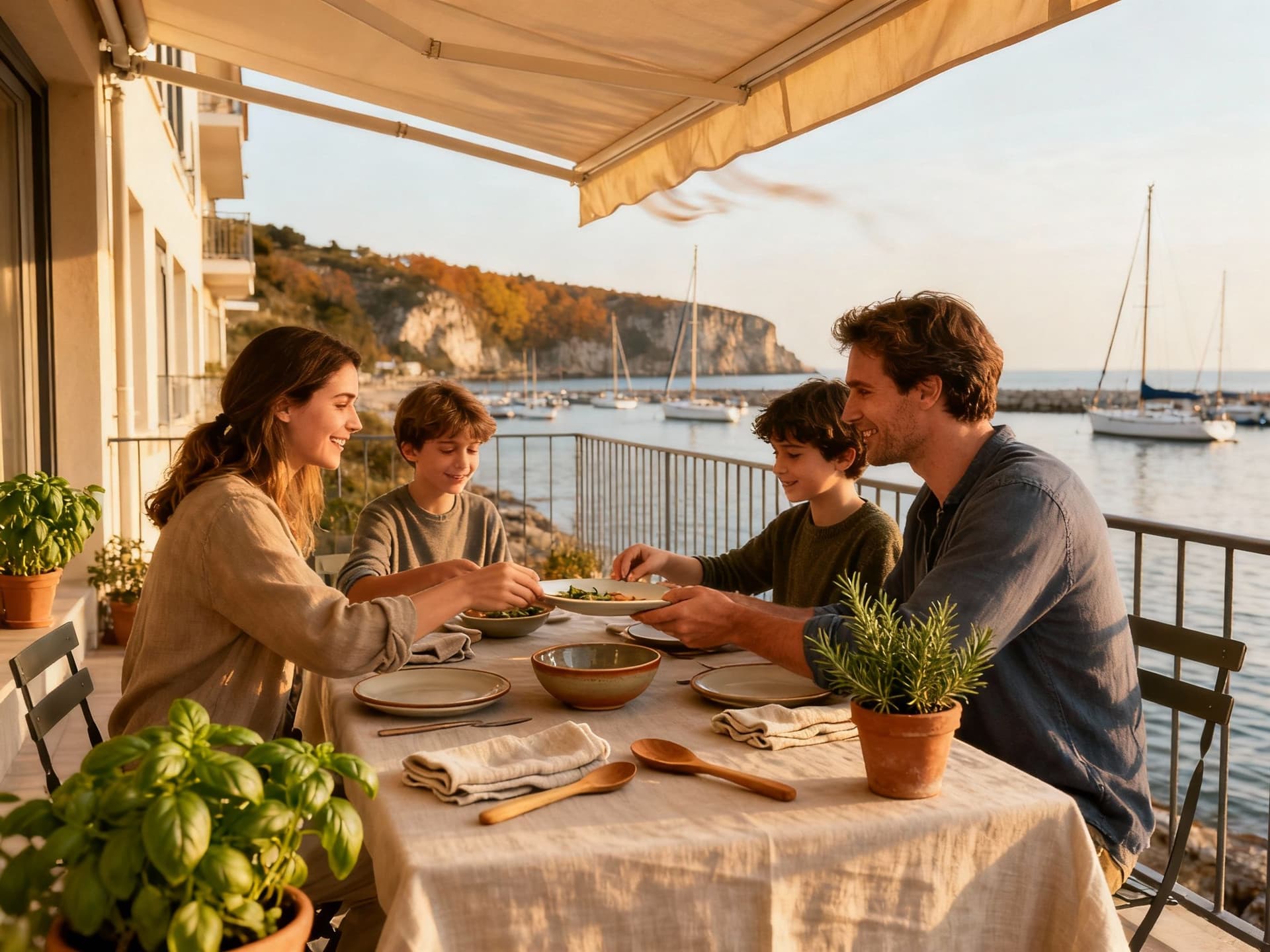
If tourism peaks shaped your image of Croatia, adjust expectations: arrivals and overnight stays are growing into shoulder months, according to national statistics and ministry reports. That shift matters because it flattens rental seasonality, increases year‑round demand for services and changes maintenance costs. Practically, it means you should interrogate listings for usage data (annual occupancy, winter utility costs) rather than relying on July viewings alone. A property that performs on a year‑round basis will appreciate differently than a pure summer holiday let.
Property styles that suit how you’ll live
New‑build seafront apartments offer low maintenance and modern amenities but can carry higher purchase premiums tied to tourist demand. Stone houses and inland villas often require renovation but provide insulation, privacy and better year‑round comfort. Match the property type to your lifestyle: choose terraces and sun‑oriented living if you prioritise outdoor life; pick thicker‑wall period homes if winter comfort and authenticity matter.
Work with experts who know seasons and deals
A local agent who works year‑round will show you how neighbourhood life changes from January to August, surface off‑market opportunities created in shoulder months, and translate local vendor language about renovation costs and municipal rules. Insist on agents who can supply historical occupancy figures, utility cost examples, and references from buyers who moved in off‑season. Those data points separate a lifestyle match from a tourist‑market trap.
- Seasonally smart buying steps
- Visit in shoulder months (April–May or October–November) to assess noise, services, and neighbour life
- Request 12‑month operating statements from owners or managers to check true income and costs
- Factor in winter utility and heating costs for older stone properties (ask for meter bills)
Insider knowledge: cultural cues and expat lessons
Expats often say their biggest surprise wasn’t the bureaucracy but the social tempo: Croatians value family time, local festivals and weekend rituals that shape neighbourhood life. Learning a few phrases, joining a local klub or market circle and timing visits around local events will make integration faster and reveal which streets are truly residential. Those cultural observations translate directly into property choice — a street that’s lively for festivals may be charming but noisy on weekends.
Language, community and everyday logistics
While English is common in tourist areas and younger cohorts, learning Croatian opens doors to neighbourhood networks, local craftsmen and better renovation pricing. For families, check local school placement and healthcare access near proposed properties; for remote workers, test mobile and fixed broadband speeds in your chosen street at different times of day.
Long‑term lifestyle and market scenarios
Scenario A — steady year‑round growth: shoulder months continue to strengthen, lifting sustainable rental yields and encouraging renovation of period homes. Scenario B — concentrated tourism rebound: new-build coastal supply expands and summer premiums persist, favouring short‑term income but increasing price volatility. Which scenario unfolds depends on infrastructure investment and planning decisions — factors your agent and local sources should discuss candidly.
Red flags to spot in listings
- High advertised yields based on July–August only; missing annual utility bills; no clear title/Akta documentation
- Ownership described as “family use” without documentation of registered address — can signal informal rental history
- Repeated short sales at escalating prices — may indicate a speculative micro‑market
Conclusion: love the life, and buy the reality. Spend time in the off‑season, interrogate 12‑month operating data, and work with a local adviser who measures neighbourhoods by year‑round life rather than July occupancy alone. Do that, and Croatia will reward both your daily happiness and your long‑term portfolio.
Norwegian market analyst who relocated to Mallorca in 2020. Focuses on data-driven market insights and smooth relocation for international buyers.
